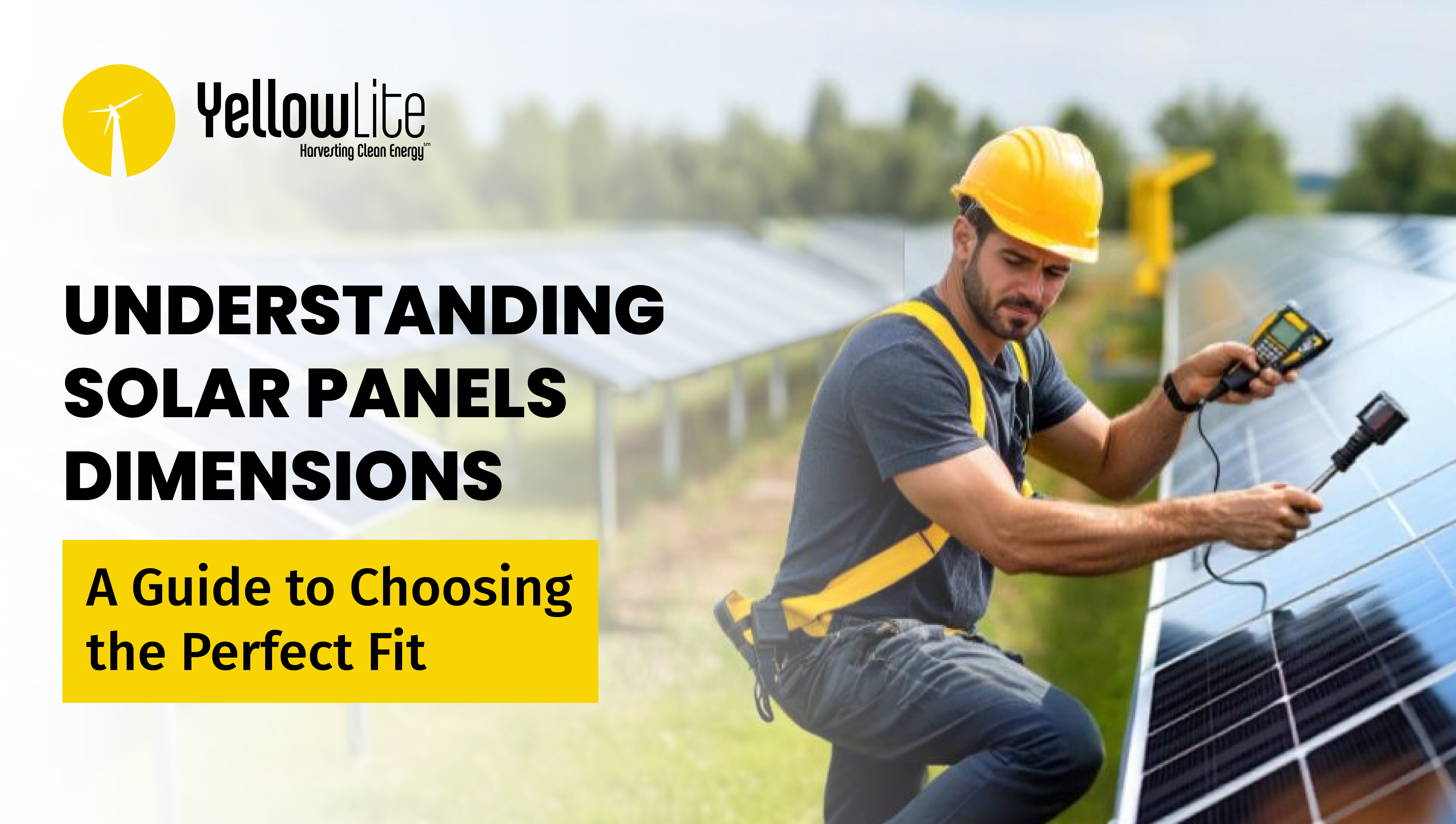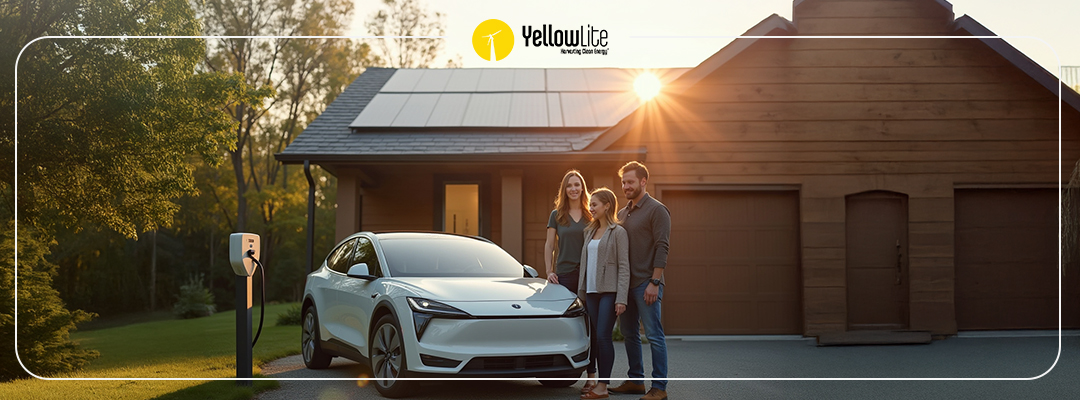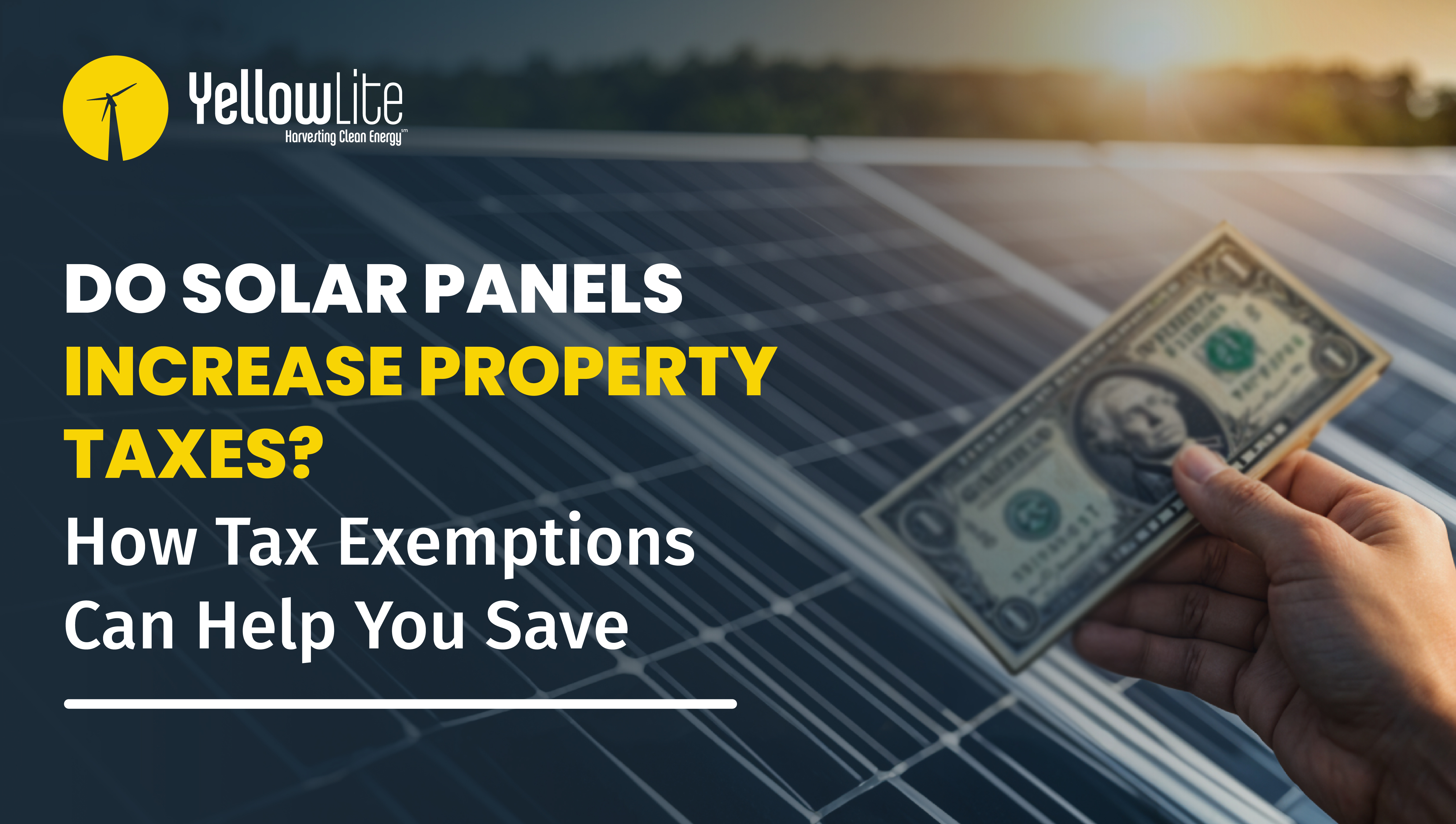What is the ROI For Solar Energy Systems?
Anytime you invest money there is a risk which can be large or small or somewhere in between. To compensate you for your risk, an investor expects a return. However, an investor might not get her money back if the risk is too great. That is why we examine the potential risk and reward of solar and compare an investment in solar to other types of investments.
When we consider solar as an investment, we have to take a look at the risks and rewards. The major risk is that you can find an investment that achieves a higher rate of return. First, what is the financial reward for solar? Solar panels have one main purpose: to generate enough electricity to offset your bill. Solar panels generally have a manufacturer's warranty of ten years and a power performance warranty of twenty-five years. The panels themselves have little risk of breakage or failure. They will produce electricity for at least twenty-five years with little maintenance or upgrade expense.
The cost of electricity will continue to rise at a rate of 3-4% per year from here on out. The higher cost of electricity means the higher avoidance of costs when you use solar energy. Nearly all the returns you receive from solar are in the form of savings, not income, so there is no tax burden on your savings. So at the end of the year, you can look at solar as putting more savings in your pocket than you would if you earned investment income that you would have to pay tax on. With solar, there is simply no additional tax to pay.
Finally, solar panels can increase the value of your property while insuring that your home will sell faster. The latest research shows that solar is equal in value to around $3.11 per watt that you install depreciated at 4% per year each of the next twenty-five years. So if you install a 7 kW system, you will see your property value increase by more than $21,000.
When comparing each type of investment with solar, we can look at several different factors: risk, liquidity, and expected annual return.
Bond: 1.60% ROI
The yield on a 10-year Treasury Bond is 1.60% which is very low historically. This is the amount you could expect to receive if you invested your money in the safest possible investment guaranteed by the United States Federal Government. This is the benchmark for what your money could be expected to earn without any risk whatsoever. The flip side to zero risk is that the return on your investment is a lot less than with other potential investments.
Stock Market: 7.0% ROI
The risk from the stock market is moderate with a diversified portfolio. A stock portfolio can be configured to garner a higher rate of return, but with an accompanying risk attached. You can also limit the amount of risk and therefore lower the expected rate of return. There is a high level of liquidity that stocks have since it is easy for an individual investor to sell her shares over the computer with a click of a button during open market times.
The annual average that can be garnered from investing in the stock market from 1950 to 2009 can be seen in a historical rate of 7.0%. This is a long-term rate that figures the rate of inflation will hold at 3.8% while the Real Price Change of goods and services holds at a rate of 3.3%.
Real Estate: 8.6% ROI
The risk of purchasing a home, a rental property, or a business is low but may also be moderate. Property values have always shown an upward trend over the course of time. For investors who are looking to sell property, the market is illiquid. You have an expected wait time before you sell as you have to find a buyer who is willing to make a large purchase. However, there is always a market for real estate, even in the most trying of times.
From 1978-2004, real estate had an average return of 8.6%. After 2004 until 2008 there was a housing bubble and the property market crashed. However, "even factoring in the drastic collapse in housing prices during the 2008 financial crisis," the rate is approximately 8.6%. Regardless of any rebound, real estate is not without risk.
Alternative Investments:
Gold - Traditionally used as an investment hedge against inflation. When interest rates rise, it means that prices for gold drop. Gold is an attractive investment when investors want an alternative to investments that don't keep up with the rate of inflation.
Gold prices can be volatile, however. Gold can experience positive or negative fluctuations based on foreign market prices, especially in emerging markets where growth comes from areas of the world that have high savings. With rising inflation, gold typically appreciates. In this case, the price of gold is likely to rise because savings need to be used in non-currency instruments. Because of this volatility, gold cannot be predicted with great certainty in an investment capacity so the risk is generally seen as a riskier investment than the stock market or real estate.
Collectibles - If you are talking artwork, classic cars, or comic books, any type of collectible in a hard asset is dependent on a market to ensure liquidity and the price you can get on the transaction. The risk can be that collectibles can be damaged and lose all their value. Collectibles are also dependent on rarity and appeal. If something is mass-produced it may not be rare enough to have a value. If an item is rare but has no appeal, then nobody is going to purchase it.
Collectibles generally have lower returns than a stock market index fund or even most bond funds, if they have a value or market to measure at all. The time and effort that it takes to sell on a collectibles market can also cut into any profits that an investor may accrue.
What Rate Can You Expect From Solar?
Solar Electric System: 6.5 - 8%
There is very little risk in solar energy systems. There are no moving parts except for a small fan in a string inverter. There is very little liquidity in solar as it is difficult to resell the parts of the system on the open market. The savings from electricity bill offset make up the entirety of your ROI.
One way of figuring out the ROI of solar is through the following examples. We will take an average solar electric system size of 3 kW, 5 kW, and 10 kW and see what would be the return on investment based on our current pricing. We will use Canadian Solar for our example.
We will be using the average cost of electricity in Ohio as $0.13 per kWh. To figure out the ROI we will divide the amount of electricity bill savings by the cost of the system after the 30% Federal Tax Credit.
|
System Size in kW |
Price Per Watt |
System Cost |
After 30% Tax Credit |
System Production Annually (in kWh) |
Electricity Savings |
|
3 |
$3.72 |
$11,160 |
$7,812 |
3,900 |
$507 |
|
5 |
$3.25 |
$16,250 |
$11,375 |
6,500 |
$845 |
|
10 |
$3.02 |
$30,200 |
$21,140 |
13,000 |
$1,690 |
So far we can see that the increase in the size of your system will see a greater decrease in the price per watt. We also calculated the yearly electricity savings based upon the production of each system.
|
System Size in kW |
Electricity Savings |
After 30% Tax Credit |
ROI |
|
3 |
$507 |
$7,812.00 |
6.5% |
|
5 |
$845 |
$11,375.00 |
7.4% |
|
10 |
$1,690 |
$21,140.00 |
8.0% |
Based upon the cost after the 30% Federal Tax Credit is applied, we can see that the yearly return on investment ranges from 6.5% to 8% for a range of system sizes.
In this example a solar energy system offers a rate of return equal to the traditional stock market and real estate but without as much risk. At this point, the ROI that solar can offer is dependent to a large degree on future electricity prices rising. There also appears to be an upper-limit to what the ROI can become. This is in contrast to the stock market and real estate as there is no upper-limit to what you can achieve.
When considered in this light, solar is a safe investment. Solar also offers intangible benefits that these other investments do not offer including a reduction in pollution and an independent source of power not dependent on continued low electricity pricing.



